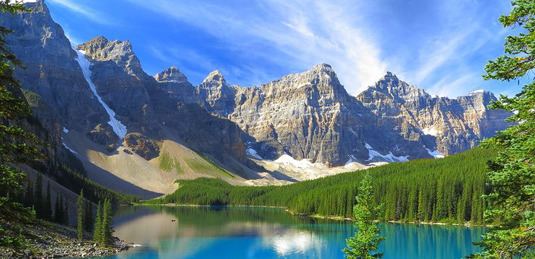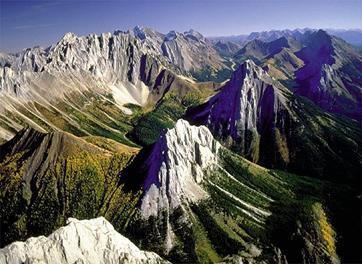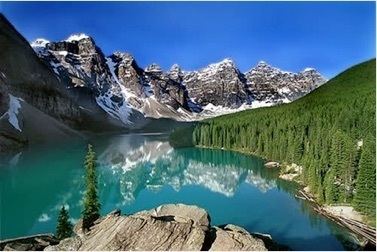Cordillera
A cordillera is an extensive chain of mountains or mountain ranges. The term is a borrowing from Spanish, in which it has the same meaning. The Spanish word originates from cordilla, a diminutive of "cuerda", or "rope". It is most commonly used in the field of physical geography.
Contents

The term is particularly applied to the various ranges of the Andes of South America, and less frequently to other mountain ranges in the "ridge" which rims the Pacific Ocean. In Colombia and Venezuela the cordilleras are named according to their position: Cordillera Occidental, Central, and Oriental. Various local names identify the cordilleras in Ecuador, Peru, Bolivia, Chile, and Argentina.

Mountain ranges of this type have a complex structure, usually the result of folding and faulting accompanied by volcanic activity. In South America the ranges include numerous volcanic peaks. (Though not itself a volcano, Argentina's Mt. Aconcagua, at 22,834 feet (6,960 metres) high, is the highest point in the Western Hemisphere. The Andes cordillera has Ojos del Salado, the highest active volcano in the world, and second highest point in the Western Hemisphere.

A number of the volcanoes have been active in historic times. Aside from the volcanic peaks, the crests include many narrow ridges, some of which reach into the zone of permanent snow. Between the ranges there are numerous inhabited valleys, basins, and low plateaux with a wide range of elevations.

Cordillera by frieddie aguilar
Notable cordilleras

